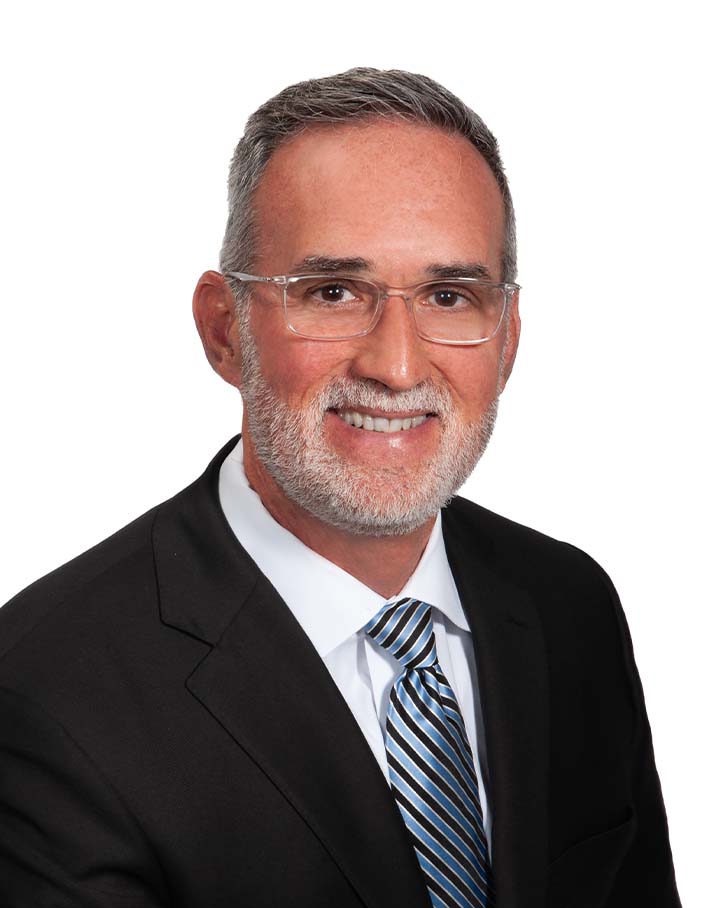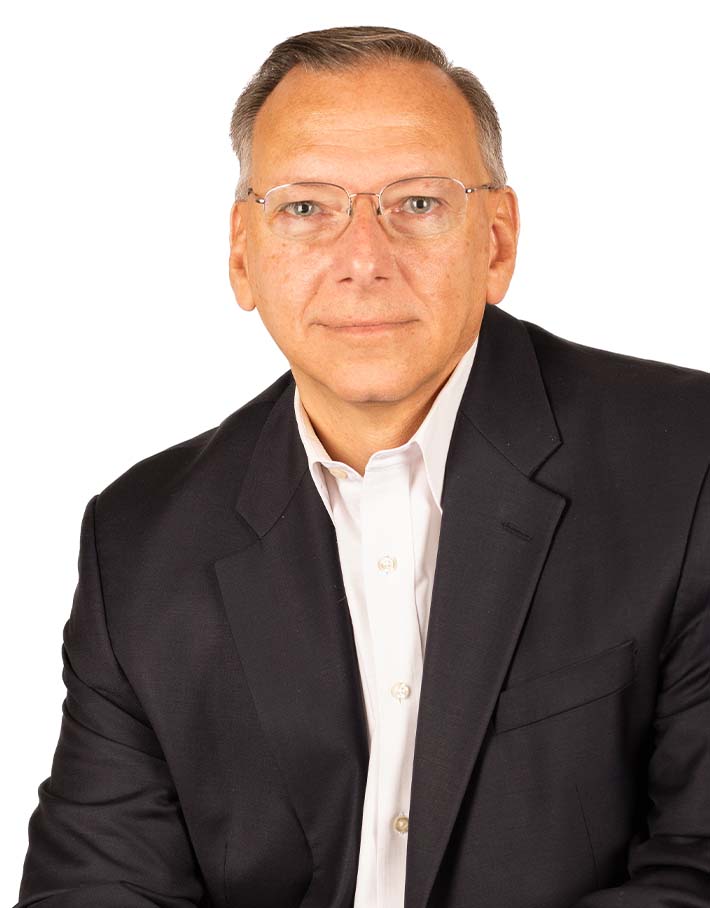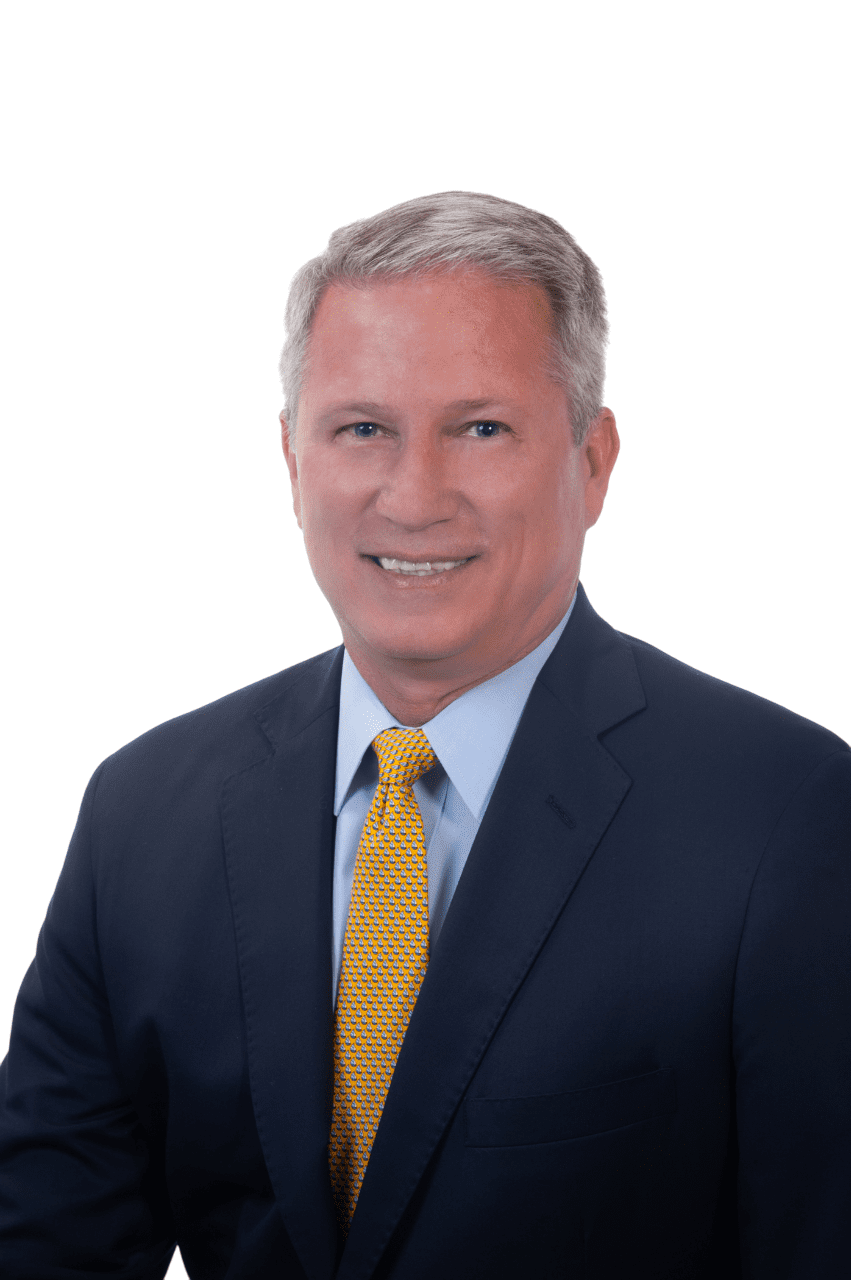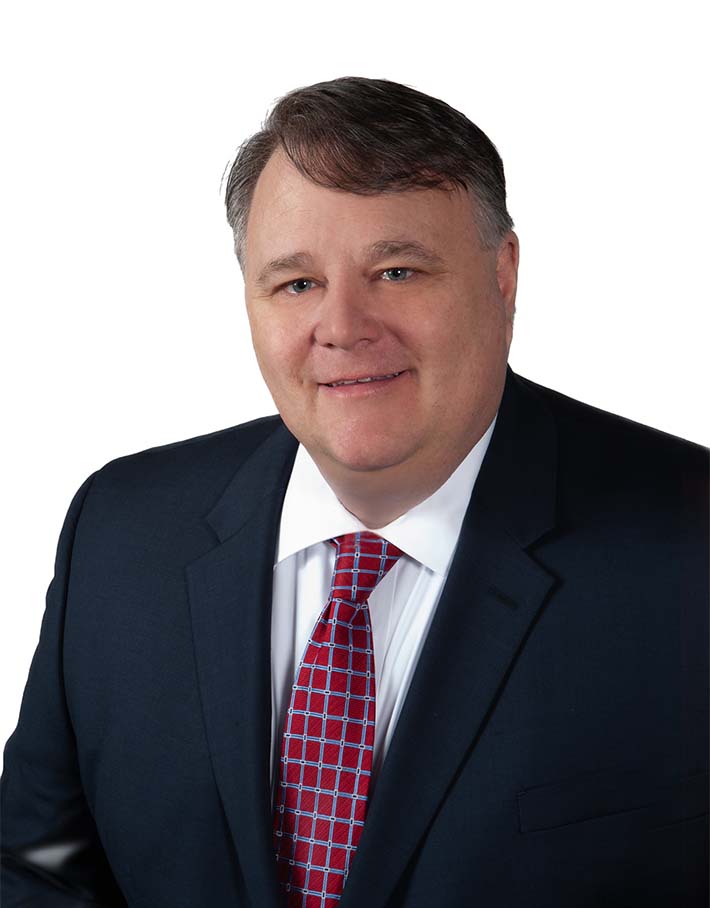The Clearing and Custodian Transformation
Drivers of Change
By Pete Bowman, Pete McAteer, Jay Donlin, Jeff Gearhart and Jeff Wilk
Subscribe to our original industry insights
In this week’s Oyster Stew Podcast, Oyster’s Strategic Planning and Execution experts, Pete Bowman, Pete McAteer, Jay Donlin, Jeff Wilk, and Jeff Gearhart share their perspectives on four critical areas transforming the clearing and custodian industry:
- Technology advances and accessibility are reshaping how firms look at clearing and custodian services.
- Economics, from interest rates to market fluctuations, emerge as a significant player.
- Client Engagement: Firms must determine how best to foster meaningful, compliant and efficient connections in a digital world.
- Managing risk and compliance always requires industry firms to assess their practices and review their platforms, and vendor management practices.
Listen Today:
Learn More with these Related Resources
- Industry Insights: Exploring Broker Dealer Business Models For Profitability
- Broker Dealers: Is Affiliation The Right Option?
- Cut To The Chase: Get The Best Clearing Firm Options
Get the Most Out of Your Clearing Firm Relationship
Now is the time to take stock of your clearing and custodian firm relationship and ensure that it is doing its part to keep your firm growing. At Oyster Consulting, we help you maximize one of the most important strategic relationships you have – your clearing and custodian partnerships. Our consultants stay current with major clearing and custodial firms, their service offerings and representative clients. We use that knowledge to help you review your current contract and offer a comprehensive strategy to make sure you get optimal value.
Transcript
Transcript provided by TEMI
Welcome to the Oyster Stew Podcast. I’m Bob Mooney, General Counsel for Oyster Consulting and this week’s podcast, our strategic planning and execution experts, Pete Bowman, Jay Donlin, Jeff Wilk, and Jeff Gearhart explore the four critical areas that are impacting the clearing and custody industry. Join us as our experts discuss how technology, economics, client engagement, and risk and compliance are reshaping the way financial professionals operate. Let’s get started. Pete,
Pete Bowman:
I want to welcome everyone to another podcast as part of a series of podcasts that David Williams, my partner and I started a while back talking about the clearing industry, clearing and custody. I should say, talking with the about where the broker dealers are at these days and where the RIAs are at, and the independence and what’s driving this change. And I think if you’ve listened to the past podcast, you’ve come to understand there are sort of four key critical areas that are really pushing the industry. And those, those four keys are technology. Technology is ever changing right now. It’s, it’s really driving a need within the industry, which is now moving into economics on this. At the same time, economics within the clearing and custody industry is being driven by interest rates and what’s going on there.
We haven’t seen this in a long time. We’ve also seen a lot of our clients looking at how they own the client engagement: how do they command more of presence with the client? And when you start introducing the clearing firms or custodians in this, sometimes advisors get a little bit of, do I control the client or does the firm? And in certain situations when we’re dealing with the larger broker dealers or larger institutions, they do want to control that client messaging. So with all that being said, we have those factors. And the fourth, everybody’s favorite, which is risk and compliance, the regulatory side of the business. That’s also driving what we see as a lot of trends in our industry. So today we actually thought we would bring some of our consultants to the package. These are the individuals that actually are on the ground with our clients. And I’d like to start off by introducing Jeff Wilk. Jeff Wilk has a couple themes he sees from a technology front. So Jeff, why don’t you kind of tell the audience what you’re seeing?
Jeff Wilk:
Yeah, absolutely Pete, and thanks for the opportunity. Yeah, there’s so much going on within the space and with my area of focus really is on technology, technology platforms and things like that. And there’ve been a number of studies done over the past, I would call it six months or so, trying to get a new benchmark, a new sense for where, where the consumer, the investor is really focusing. And, and one once that really grabbed my attention, which was that 79% of customers today don’t feel that their financial services firms have really helped them provide and prepare for the economic uncertainty. That, that, that’s an incredible statistic. And it feeds into so many of the other activities we’ve seen, whether it’s consolidation, whether it’s kind of this resurgence of the interest in the human to human interaction as opposed to what, you know, for the past, let’s call it broadly 10 years was, was robo and digital exclusively was a push for.
And so we’re starting to see things cycle back because of complexity and because of technology enhancements and things like that. So I think there’s an awful lot going on in this space that’s generating some new interest. Obviously there, there’s a lot of new buzz out there about artificial intelligence. There’s also some incredibly interesting commentary from some pretty public interviews done where heads of IT departments with mega, I’ll call them mega platforms, came right out and said, you know, artificial intelligence is, is critical to our future, but, and they fill in the butt with saying, we don’t exactly know what it’s doing. We’ve deployed it, but we’re not exactly sure what it’s doing. That’s another you know, really to me, I don’t want to say scary, but it’s a very interesting comment about how do you, how do you deploy when you don’t fully understand what something is doing? And yet everybody is pushing for it at the same time. So Pete, I think there is, there’s a lot of different factors out there going on, whether it’s uncertainty about the economy, which you kind of always have to some degree or another, whether it’s the deployment of technology to make things simple and then yet a resurgence and a desire for human interaction to help guide you through the more complex times in a person’s wealth management journey.
Pete Bowman:
Yeah. As a question to you, Jeff, with you making those comments, I’ve seen a kind of this interest in certain smaller firms actually looking at a fractional CTO where in fact that, you know, they understand their bench strength is going to a certain level. Technology is getting really fast. You have to stay up to speed on it. So we sense that a lot of firms are starting looking at how do they augment their current CTO. Do you, do you sense that as well?
Jeff Wilk:
Oh, absolutely. And I think you hit the nail on the head with it being a fractional CTO and it’s really coming into play and it’s not a knock on the smaller firms whatsoever. It, it’s the speed of technology. And to stay up to date with what is changing you, you can’t do it alone. Right. And, and the smaller firms in many cases, like most small businesses have individuals who are wearing multiple hats. Well, technology is not a multiple hat job. You have to be focused. So I think that fractional CTO is absolutely growing.
Pete Bowman:
Well, I appreciated Jeff Wilk. Jeff Wilke does a great job for us. I’d like to switch real quick and go to Pete McAteer. Pete McAteer is one of our top guys. Been around here with me for a very, very long time. Consider my partner and I think he has a good view on this topic. And that’s the topic of sort of ownership of your own flexibility, commanding your own your own platform. So in one sense we talk about how do I get help with that fractional CTO or looking at a clearing firm instead of being self clearing? Or if I’m self clearing, you know, do I, do I give it up now to someone who has more of this technology capacity? But Pete, how do these particular customers, in your mind, what are their views on, you know, ownership, flexibility, you know, they wanna be open, but they want to control it. Do you, how are you seeing some of the big clients do that?
Pete McAteer:
Yeah thanks Pete. Ownership is a, is is a tough one because everybody wants to own everyone. Everyone wants control. But at what cost, you know, and that’s where we were talking the notion of the fractional CTO, someone who is spending their entire time in their job focused on the industry’s tools. The solution sets, the challenges that everyone’s out there trying to tackle. But they can’t afford a, you know, $300,000, $400,000 a year Chief Technology Officer for a small firm. It just doesn’t make any sense. So many of them, you know, forego some of the opportunities whether it’s self clearing, self clearing as we know is, is takes a a lot of depth of expertise, a lot of technology needs a lot of resources that, you know, their typical firms not gonna have. With that, you know, you just, you don’t, you don’t even think about it. You don’t get it, even give it a thought. But some firms out there are trying their best, their level best to provide a more turnkey self clearing opportunity for some of these firms that want to realize the pros, the, the positives economics control, operational efficiencies that going self clearing would provide. So there’s a lot to be said there. Yeah.
Pete Bowman:
And you know, you, you were central to a couple of the engagements we’ve done doing evaluations of giving up a BD. And these are some major brands that have decided that, hey, I don’t want to do this anymore because of, it’s not the economics, it’s basically when you look at the platform and how would the size of it compared to its mothership is what we say. Mm-Hmm. <Affirmative> it sometimes you’re very small in that component even though you, you command a wide audience and have a big brand, but you personally have been on the ground and watch firms having to make that. And this kind of goes on to some of the comments that Dave and I have made to see this kind of new era of this kind of affiliation app. And any, any comments on that?
Pete McAteer:
Yeah, just the overall investment and con and commitment to the platform and the technology needs to support a more efficient operational environment. We talk about the operating model quite a bit, where we look at, you know, optimizing your current vendor engagement, your current contracts. Are you getting all the value out of the contract? Are you getting what you’re paying for? Is there more there? Is there a strategic partner with some of your vendors that you can reach out to you know, garnering looking for those efficiencies, the inefficiencies you know, what, what impact is that having on your investors? What impact is that having on your advisors the rest for your firm, the operational expense it takes to run the firm. Then you’ve got the economics. I mean, you mentioned this earlier, the economic, the rate environment and all that stuff.
You know, that’s one of the key levers. And right now it’s a great environment if you’re on the right side of that, that, that, that revenue share. And you can garner a lot of profit there. And then, you know, the technology that runs all of this, I mean, we say it underlies a lot of this, it’s foundational, but it, it really is the, the a heart and soul of, of the organization. And then on top of that, you get past that, then you’re talking about managing data and data, data sources and the analytics and developing information from that data that’s reliable and you can run your business. So there’s just so much there that it really does tie a lot of smaller firms and knots. It ties larger firms. I mean, firms that I would never have thought would be challenged in this space, but they’ve made some choices. They’re gonna focus on delivering advice, they’re gonna focus on investors. Okay. And they’re gonna trust and outsource provider to do the other commoditized work to make sure that their firm stays in compliance and and basically out of the headlines. Right.
Pete Bowman:
You, you know, I chuckle, Pete, you and I have been in the trenches together a lot and you know, you’ve come up with the magic word of a lot of times we’re giving marriage counseling, it seems, and it’s truly an interesting term, if you will. But, you know, your, your relationship with your clearing or your custodian provider is a marriage and there’s constant communication. The whole nine yards is, is needed at all times.
Pete McAteer:
Yep. Communication breakdown is the number one, number one issue. And where they just stop talking. They stopped asking. ’cause You kept getting told no. So you don’t ask anymore.
Pete Bowman:
Jeff Gearhart’s another one of our consultants within platform services here at at Oyster Consultant. Jeff comes to us with a, with a, with an unbelievable background, more in a capital markets area. And when we brought Jeff over, we, we were really good in the retail segment, we decided we’d really need to be good in the capital market segment. And that’s the reason why Jeff Gearhart came over. And one of the first things that Jeff started to recognize was regulatory matters and how regulatory matters could bolster the need for platform reviews and things of that nature. So Jeff, just any comments you have around, you know, how trade reporting and so forth has kind of morphed into, hey, platform reviews for certain firms with capital markets.
Jeff Gearhart:
Sure. Thanks Pete. Well, I think when you’re looking at a platform review, we often think about clearing and how that can be automated and addressing the resources, which is obviously key. And it creates a lot of internal stress. But you have to look at all the aspects that go around that. Everything from the onboarding and actually what’s gonna be needed from onboarding to actually successfully do trade reporting. It’s kind of nuts, but that’s the reality. What onboarding will do to actually T+1 settlements, because you have to get the information up front, the standing instructions t plus one makes everything happen in the same day. So those are all additional stresses on the clearing platform, plus all the electronic trading models that exist out there on the platforms. We do a, a lot of Reg ATS reviews. There’s, there’s more being created every day.
Firms have to connect there. You have your market access implications and there’s a whole set of rules governing market access and, and the technology that goes around that. And then you can’t forget the basic trade surveillance and best execution that’s all built around that. So it’s all tied into the clearing platforms and the resources that are needed. I’ll, I’ll share this observation and I, I’ve, I’ve read it this and heard it from others with the move to t plus one with trade reporting, going to one minute reporting with, with some exceptions, with case actually going live the same time that t plus one goes in place. I think we’re gonna see some real implications of firms that haven’t paid attention to their platforms, to their technology. I think we’re gonna see it as real spike and fails come May. And if you haven’t prepared or have the right resources, you’re gonna be exposed and you’re gonna need help. <Laugh>.
Pete Bowman:
I think that’s a great point because a lot of times what, when we get into the game, we all understand X’s and O’s, we all understand, you know, hitting base, running the whole, but after a while you forget that and you start looking too far out and you forget those X’s and O’s and those things that you have to do on a daily basis. And that’s what I’ve seen your team be able to put together, you know, helping these firms understand, okay, you’ve had a misstep on some of those X’s, whether it’s a trade lopper reporting or something to that nature. But what it, what it exposes is the fact that they haven’t really done a great job of, of managing the entire platform in itself. The actual X’s and O’s is just a symptom of something that, you know, they found. I don’t know if you have any comments on that, but I think that’s basically what you’re saying.
Jeff Gearhart:
Yeah, I mean, that, that’s essentially it. Maybe I can, you know, we’re talking X’s and O’s well, we’ve all sat in the seats. I think it’s great when I go into do a market access review ’cause I care about one thing in that client, right? And the people I’m talking to have 25 things they’re worried about at that moment, not just market access. And that’s a perfect, perfect example of leverage the expertise and the resources that are out there. Take some of the pressure off. I think firms are going to have to adapt that way. Nobody knows everything anymore. That’s, that’s a good way to address that challenge.
Pete Bowman:
Excellent point. So I’m, I’m gonna switch from Jeff Gerhardt to Jay Donlin. Jay Donlin I’ve known Jay Donlin, but majority of my career, even though I’m older than him by a little bit. But Jay has been someone that we have welcomed to our team as a huge asset, not just from a consultant, but the perspective that you can bring Jay. And that’s because you’ve set in all the different worlds you have set in an operations of a self clearing firm. You have set in, you know, creating a, a clearing firm at a particular firm. You have then gone and been at a client as an introducing firm. So you’ve seen it all and you know, what are you, what are you seeing out there? I mean, you’ve said it all those chairs at different firms, so, you know, explain some of the drivers you’re seeing that that’s causing this sort of disruption in our industry.
Jay Donlin:
Yeah, Pete, thanks. Yeah, I’m seeing a lot of disruption in the, what we call the traditional W2 channel. Everybody wants to be independent. Now. They figured out that you know, when they went home for Covid, they don’t need to have the office, you know, on Fifth Avenue. They can just go home and, and work and, and service their clients effectively that way. But at the firm level, we’re seeing a tremendous amount of interest in these outsource models. And it has to do with the, the drive to reduce expenses. You know, what value am I providing as an introducing firm to my to my organization, to my clients? Do I need to be an introducing firm? And so the clearing firms I’ve, I’ve told one of the major clearing firms, your competitor now is these outsource firms, not, not your traditional competitor.
And so you need to figure out how to, how to kind of address that. And they’re working on it very diligently. I think Pete touched on you know, firms that are considering, do I go self clearing? You know, what does that mean now? And you’ve got some service bureau providers that are popping up trying to make it easier to go self clearing. That business has been stagnant for years because people just can’t get over the hurdle. They can’t make the investment to do it. So they’re trying to figure out ways to make that more cost effective. But I think the number one disruptor has been these outsource firms in the industry. And and it’s, it’s allowing firms to basically say, you know, is, is supervision a a, a value add in my firm? Or can I outsource that to somebody?
Is operations a value add in my firm? Can I outsource that to somebody? And and it’s really, they’re really disrupting the industry. And it’s a good disruption because it’s a good question to ask. You know, can you differentiate yourself in the industry with service, with culture in a way that makes it palatable for you to maybe have the extra expense and cover the extra expense? And so these are a lot of the questions that we’re, we’re seeing right now. The other thing, and I think you, and you and Dave Williams have talked about it, we’re seeing a lot of traction on succession planning. There’s a lot of firms out there that the owners are mid sixties or higher, and they’re all sitting there scratching their head going, what’s next? I don’t feel like I have the people beneath me to take over the, the firm and to take up the baton.
And, and so they’re looking for kind of our help in how do we kind of navigate that situation. And to get down to the, to the level of the financial advisor, same thing with the financial advisors. We got lots of financial advising in the industry that don’t have a plan, don’t have a plan if something were to happen to them you know, what happens to their book for their estate, you know, for their wife, their kids, whoever. And so we’re, we’re encouraging firms to kind of get on that track and, and we can call force it, but strongly encourage you know, the succession plans, these buy sell agreements whatnot, to, to basically cover that, you know, as a, as a basically a business continuity issue.
Pete Bowman:
And I think it’s interesting, Jay, you, when, when you brought up succession, you kind of went to the sort of the ownership, the owner type of a, of a firm, but succession happens at the large firm, right? That they’re trying to figure out where they’ve taken this business, or should they continue this business any longer? So succession doesn’t just have to be about one owner thinking about what do I do? It could be like a huge, you know, conglomerate firm owning a bd, trying to figure out what is the next steps for, is it the right time to actually get out of this business? What pieces should I keep? What pieces should I get away from? And you know what, what I found Jay is over this past year, three years ago, we would’ve never really thought we’d be getting calls to, Hey, I wanna start a new bd.
Hey, I wanna start a clearing firm. We’re getting those phone calls. We’re actually engaged with doing some of that today. And we, three years ago when we were doing this, those were not the conversations we were having. But I think some of the technology partners now are driving that. Technology partners that are the service provider to a clearing firm or to a self clearing firm, are now trying to make it easier for these larger institutions to have decisions or have alternatives. And, you know, I can’t think of a better team than the oyster team here to help these firms kind of walk through. What are those drivers with an eye on, you know, every individual that just spoke to, to this audience today have set in the seat. They’ve actually had these decisions in front of them. And I think that’s what’s the power of Oyster is all about, which is having the practitioner, not the consultant.
You know, I just wanna say it’s been a, it’s been an honor to, to speak with the audience today. It was, it was great to allow the audience to hear from the powerhouse, the actual individuals that, that do these engagements for us. You need to actually hear from the individuals that are working with you on a daily basis. So, you know, if there’s ever any questions that any of you guys might have within the clearing custody space or within, what is my operating model should be, or what technologies would best support, or where does tech and and compliance meet and how does that drive some of these decisions? Oyster consulting is, is the place you need to call.
Bob Mooney:
Thanks everyone for listening. If you’d like to learn more about our experts and how oyster can help your firm, visit our website@oysterllc.com. If you like what you heard today, follow us on whatever platform you listen to and give us a review, reviews, make it easier for people to find us. Have a great day.








